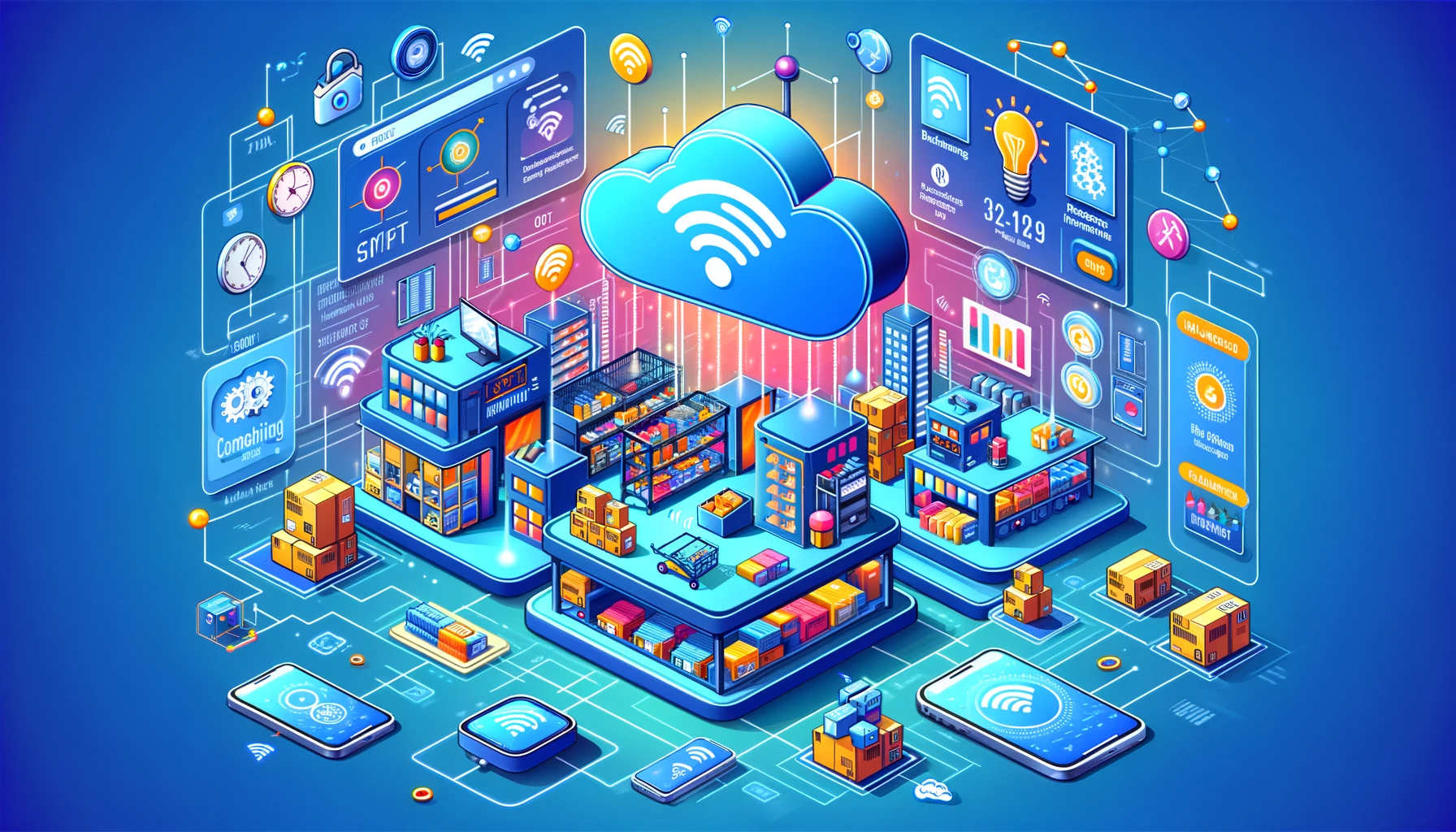Benefits of IoT Integration
Enhanced Product Tracking
IoT devices enable real-time monitoring of product usage, providing up-to-date information on how and when products are used. Analyzing this data helps businesses understand customer behavior, identify usage patterns, and make informed decisions on product improvements. Access to detailed usage data allows customer support teams to address issues more effectively, leading to higher customer satisfaction.
Predictive Maintenance
IoT sensors continuously monitor product health, detecting anomalies and wear-and-tear early. By predicting when maintenance is needed, businesses can schedule repairs before breakdowns occur, minimizing operational disruptions. Reducing unexpected failures and extending the life of products through timely maintenance lowers overall maintenance expenses.
Automated Reordering
IoT devices provide accurate, real-time inventory counts, ensuring businesses always know stock levels. When inventory falls below a set threshold, IoT systems automatically place reorder requests, preventing stockouts. Automated reordering streamlines procurement processes, reduces administrative workload, and ensures a steady supply of products, enhancing overall efficiency.
How Does It Work?
IoT Sensors and Devices
Products are embedded with IoT sensors that collect data on parameters such as usage frequency, temperature, pressure, and other relevant metrics. These sensors are chosen based on the specific needs of the product and the type of data required for effective monitoring. For instance, RFID tags can be used for tracking location and inventory levels, while temperature and humidity sensors can monitor environmental conditions. These sensors are small, cost-effective, and can be seamlessly integrated into products without affecting their functionality or user experience.
Data Transmission
The data collected by IoT sensors is transmitted to a central cloud platform using wireless communication protocols such as Wi-Fi, Bluetooth, or cellular networks. The choice of protocol depends on factors like data volume, transmission range, and power consumption. Wi-Fi and Bluetooth are suitable for short-range communication, while cellular networks are ideal for long-range data transmission. Ensuring secure and reliable data transmission is critical, so encryption and robust security measures are implemented to protect data integrity and prevent unauthorized access.
Data Analysis
Once the data reaches the central cloud platform, advanced analytics and machine learning algorithms process and analyze the information. This analysis provides insights into product usage patterns, maintenance needs, and inventory levels. Machine learning models can predict maintenance requirements by identifying patterns and anomalies in the data. These insights enable businesses to make data-driven decisions, optimize product performance, and enhance customer satisfaction by proactively addressing potential issues before they escalate.
